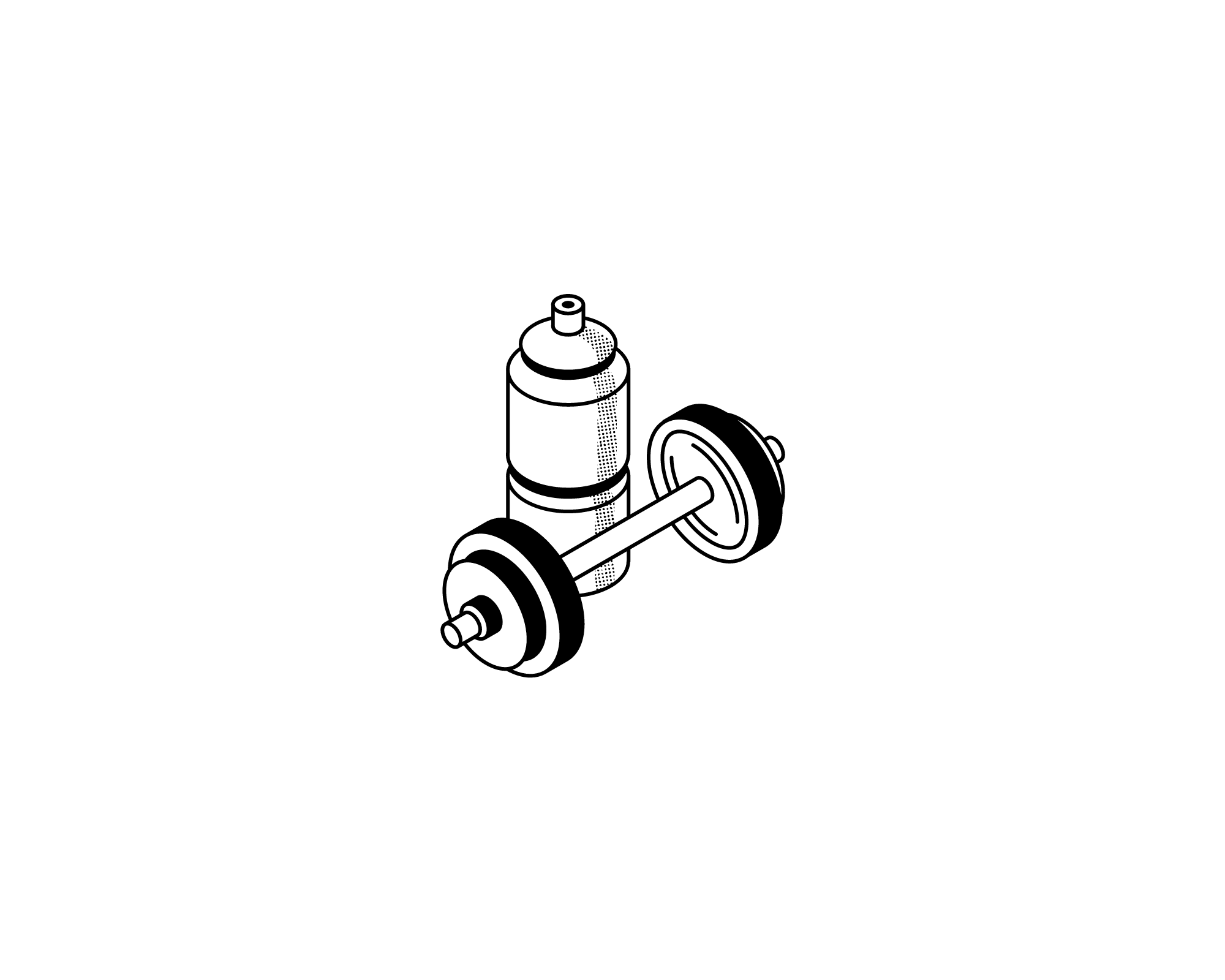Title: Building a Strong Core: More Than Just Six-Pack Abs
Introduction:
When many people think of a strong core, the image that often comes to mind is a chiseled six-pack. While a defined midsection is aesthetically appealing, the importance of a strong core extends far beyond mere aesthetics. This article explores the multifaceted benefits of building a strong core, emphasizing that it involves more than just achieving six-pack abs.
- Understanding the Core: The core is a complex network of muscles that extends beyond the superficial rectus abdominis (the muscles commonly associated with a six-pack) to include deeper muscles such as the transverse abdominis, obliques, erector spinae, and pelvic floor muscles. A strong core involves developing all these muscle groups to work in harmony, providing stability and support to the spine and pelvis.
- Enhanced Posture: One of the primary benefits of a strong core is improved posture. The core muscles play a crucial role in supporting the spine and preventing slouching or poor alignment. Strengthening the core helps maintain an upright posture, reducing the risk of back pain and promoting a more confident and poised appearance.
- Injury Prevention: A strong core acts as a natural protective shield against injuries, especially in the lower back. By providing stability to the spine, well-developed core muscles help prevent strains, sprains, and other injuries that can occur during various physical activities or even daily movements. This is particularly important as we age, as a strong core contributes to overall stability and balance.
- Functional Strength: Beyond the gym, a strong core is essential for everyday functional movements. Whether you’re lifting groceries, bending to tie your shoes, or reaching for an item on a high shelf, a well-conditioned core supports these movements and reduces the risk of injury. Functional strength gained through core exercises translates into improved efficiency in daily activities.
- Better Athletic Performance: Athletes across various sports recognize the significance of a strong core in enhancing performance. From runners and swimmers to weightlifters and soccer players, a stable core is essential for generating power, maintaining balance, and executing precise movements. Incorporating core-focused exercises into athletic training programs can lead to improved agility, speed, and overall athletic prowess.
- Balance and Stability: Core strength is closely tied to balance and stability. The core muscles work in conjunction with the muscles of the hips, thighs, and lower legs to provide a solid foundation for maintaining balance. This is especially crucial for older adults, as a strong core helps prevent falls and contributes to overall stability.
- Reduced Back Pain: Chronic back pain is a prevalent issue, often exacerbated by weak core muscles. Strengthening the core helps alleviate back pain by providing better support to the spine. Targeting both the front and back of the core through exercises like planks, bridges, and rotations can be particularly effective in reducing discomfort and improving overall spinal health.
- Versatility in Core Exercises: Building a strong core involves a variety of exercises that go beyond traditional crunches. Planks, Russian twists, leg raises, and stability ball exercises are just a few examples of versatile core workouts. Incorporating a mix of exercises ensures that all the muscles within the core are targeted, leading to comprehensive development.
Conclusion:
Building a strong core goes far beyond the pursuit of a six-pack. It is a foundational element of overall health and fitness, influencing everything from posture and injury prevention to athletic performance and everyday functionality. By incorporating a well-rounded approach to core training, individuals can experience the holistic benefits of a strong and stable core. Embrace the diversity of core exercises, focus on functional strength, and appreciate the impact of a strong core on your overall well-being. It’s time to recognize that building core strength is not just about aesthetics; it’s about cultivating a foundation for a healthier, more resilient body.
